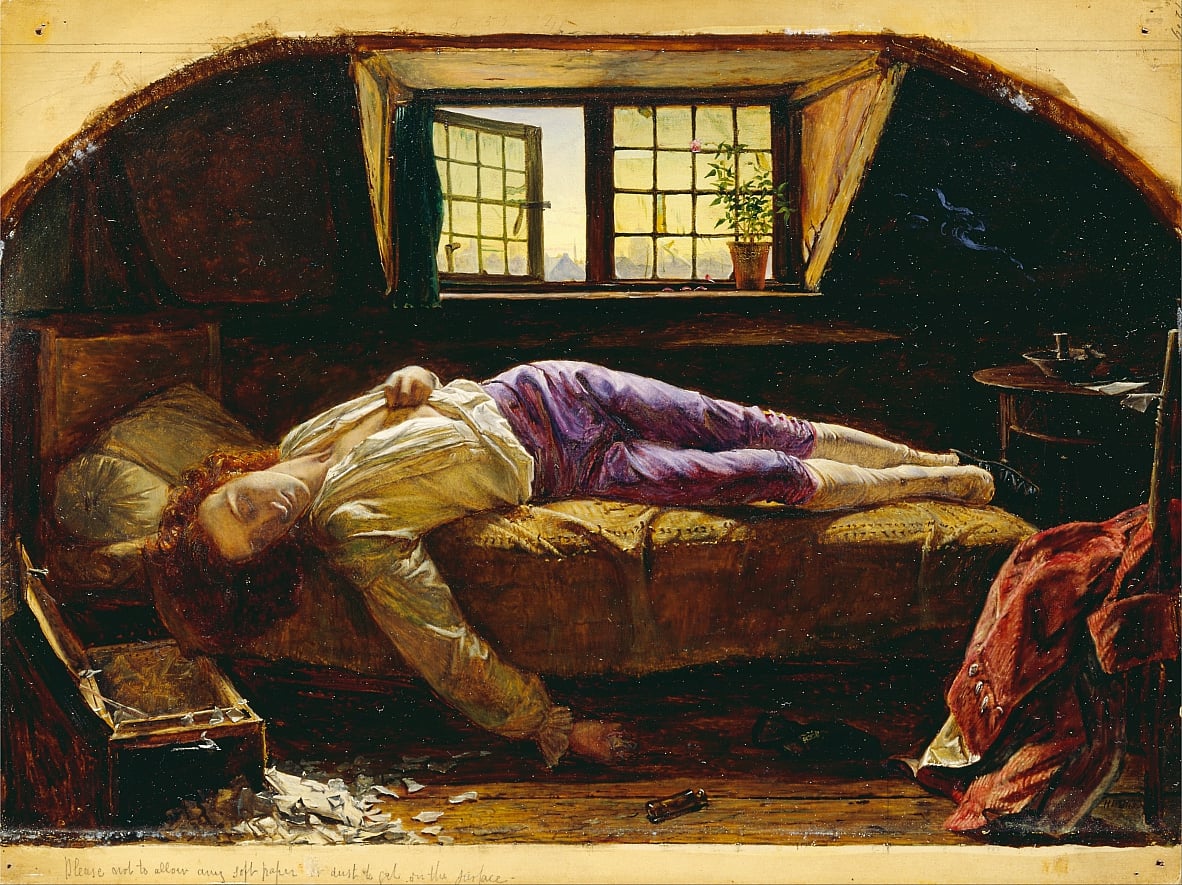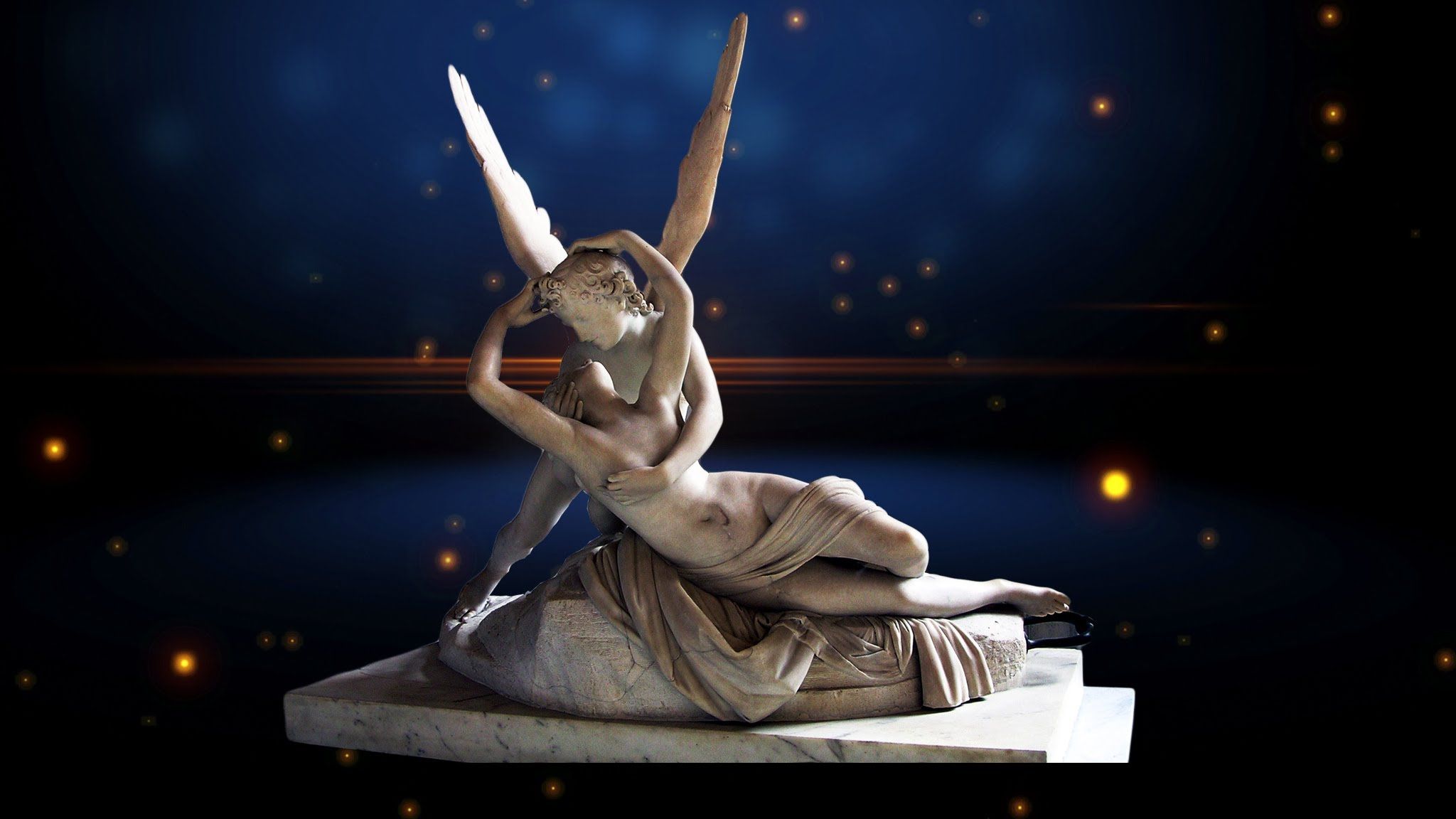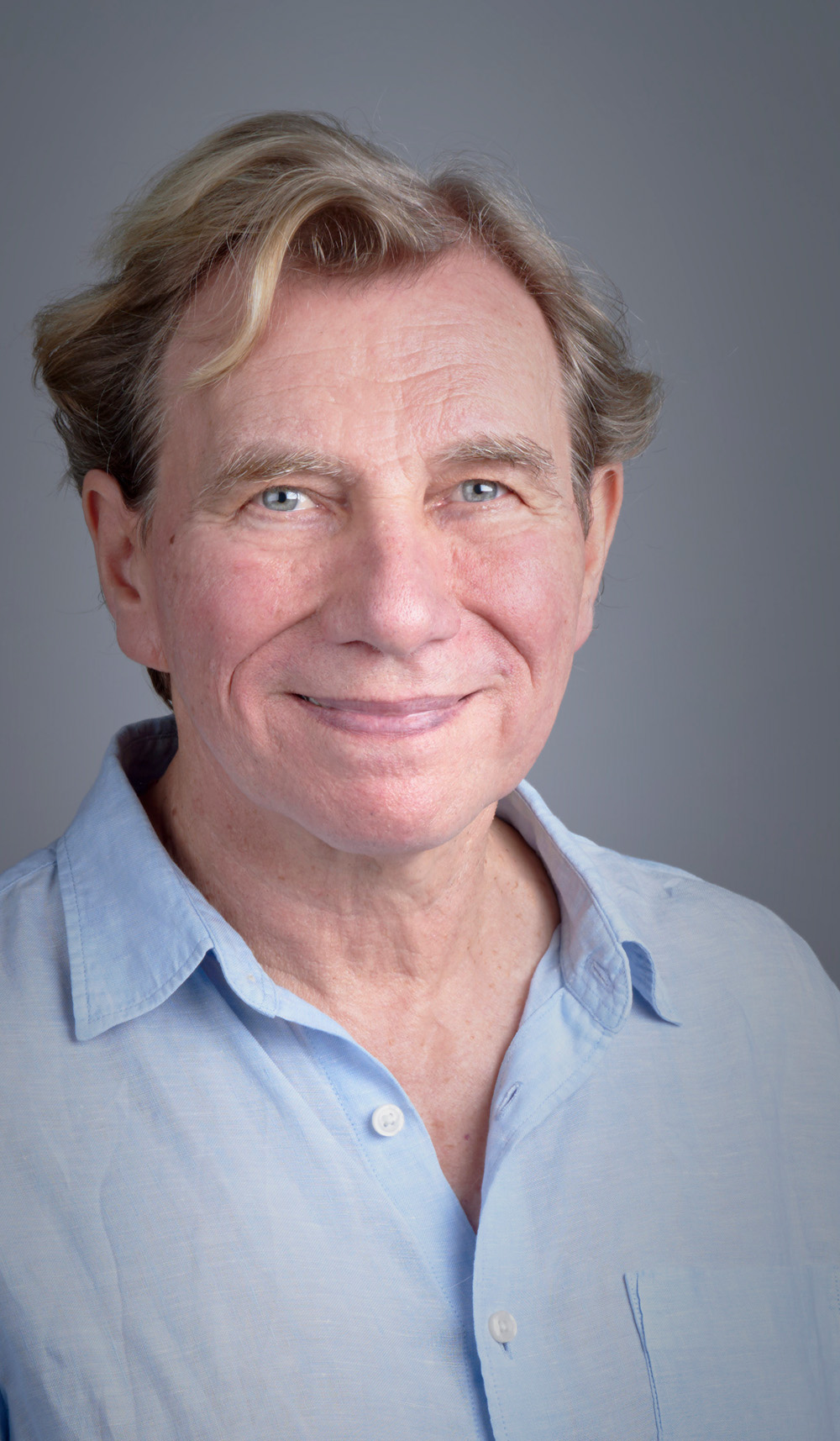What is happening to Australia’s art market?
Ten years ago, Damien Hirst’s work, For the Love of God, sold for a reputed $100 million. A platinum cast of a human skull inlaid with over 8,000 diamonds, the sculpture was said to be the most expensive work by a living artist ever sold. It also ignited a controversy over the direction of contemporary art and its relationship with wealthy patrons.
Art is big business. The global market is reported to be worth over $80 billion a year. Today, as throughout human history, the rich and powerful buy and display art works to signal their wealth, good taste, and prestige. There is nothing new about this. Public enthusiasm for art is healthy too (2.6 million visitors came to the National Gallery of Victoria in 2016). Plenty of people are making money from art it seems – but very little of this reaches the average artist. The vast majority of them are poor, and becoming poorer, with very few able to make a living from their art alone. Commercial art galleries, too, are struggling to survive. What’s going on? In particular, what’s happening to Australia’s art market, which has been devastated over the past ten years? And is it connected to the disruptions happening in the book, music, and movie markets? A conversation at Heide Gallery with Melbourne art dealer, Angela Tandori, intrigued me enough to investigate.
At first glance, the art market looks very different to that for other media. While music and movies can be reproduced and distributed digitally in infinite numbers, each art work is a unique object. You can’t download an ‘original’ of a work by Fiona Hall as you can with a new album by John Adams, say. Nevertheless, the Internet has affected the market in other ways, creating a confusing and fast-changing market governing how artists and buyers connect.
The first thing to understand is that there is no monolithic ‘art market’, but rather a series of markets which operate more or less independently: the wealthy collector and museum market (serviced by high-end galleries such as Roslyn Oxley9 and Arc One); the experimental and avant-garde; Aboriginal art; the ‘mid-market’ of respected artists with established careers; corporate art, and emerging artists, among others.
Artists’ income also falls into a Pareto pattern, with a small number of them earning the majority of the income, and a long tail of ‘the rest’ on a modest or low income. Only around 1% of Australian artists earn $250,000 or more; some make a living, but the majority have to supplement artistic income by teaching or other means. (There are also the fortunate ‘trust fund artists,’ of course, who are supported by their families.) With the ‘superstar’ outliers excluded, the mean income for most Australian artists is around A$20,000 per annum, a figure which isn’t rising. This makes it harder to run a gallery profitably too, in a vicious circle which further denies artists access to potential buyers.[i]
The impact of the Internet on the arts was famously foreseen by Walter Benjamin in his 1935 essay, ‘The work of art in the age of mechanical reproduction’.[iii] Ironically, however, it is other disciplines which have experienced the greatest technological disruption rather than the traditional visual arts. The income of writers and musicians has dropped in the digital economy because of free or cheap availability of products via piracy, micro-income arrangements with streaming services such as Spotify and Apple Music, reluctance of many online publishers to pay for content, and the simple competition for time and eyeballs from online entertainment and information. There are only so many hours in the day, and in a contest between a book and Youtube at bedtime, the latter will often win.
For artists, on the other hand, a whole range of different factors has combined to have a major effect on how they distribute and sell their works.
Firstly, the impact of the Global Financial Crisis in 2007 led to a drastic reduction in discretionary expenditure, including on purchase of art works.
Secondly, before the market had time to recover, the Artist’s Resale Royalty Right (ARR) was introduced by the Australian Government in 2010: a 5% premium on secondary sales with a gross sale price over A$1,000. This was ‘a good thing’ intended to benefit creators of artworks, especially Aboriginal artists. Unfortunately, it had the perverse outcome of depressing the market further – 5% of gross sale price can consume much of the profit on an average sale, inhibiting trade between artists and collectors, and reducing both turnover and prices. Artist, John Walker, has written caustically of the harm done by this government intervention, and quotes a remark by fellow-painter, Ben Quilty, that only established ‘rich, white artists’ would benefit in any significant way from the ARR.[iv]
A third factor was the 2016 change in rules relating to purchase of art works as assets by self-managed superannuation funds (SMSF). New restrictions have made this impractical and expensive, with a two-fold effect of depressing the market, and of deflating prices by flooding the market with ‘must sell’ works no longer recognised as super fund assets (SMSFs were responsible for 15-20% of sales in the period after the change was announced).
The result of this ‘perfect storm’ has been dramatic.
- The total value of collectibles (mainly art) in SMSF dwindled from $700 million in 2009 to $385 within 5 years, and is now said to be ‘negligible’.[v]
- The number of commercial art galleries in Australia has halved from 514 in the year 2000 to around 250 today.[vi]
- Within a few years of these changes, art sales dropped by as much as 40% by some accounts, and prices fetched at auction were also halved.[vii]
These straitened times have forced the remaining galleries to increase commission rates up to 40% or even 50% of the sale price. Other less concrete factors have an impact too. One is the numbers of professional artists practising in Australia today – some 30,000 in the estimation of Professor Sasha Griffin who has conducted invaluable research in this area.[viii] Our revenue-driven universities continue to produce thousands of graduates in visual arts every year, very few of whom will be able to make a living from their work. That is not the primary purpose of an arts degree, or course, but unarguably produces a large pool of artists destined to be disappointed.
A final, important factor is the standing of Australian art on the international scene; this has an impact on price and reputation locally as well as in New York and Shanghai. The local market is valued at just 0.6% of the global art market.[ix] The tyranny of distance, the logistics and cost of exhibiting internationally, poor marketing, and attitudes both within Australia and overseas have all hampered recognition of Australian artists overseas. A provincial market has not adapted to a global culture and economy, and is paying the price, Grishin argues. As commentator, James Valentine has noted, the Art Price Index for 2016 lists only two Australians: Tim Storrier and Rick Amor: ‘Our giants such as Brett Whiteley, John Olsen or Fred Williams can sell in the millions here,’ he writes, ‘but take them to New York – the world art-buying centre – and only the expats will turn up to bid.’[x] As Valentine continues:
For the wealthy collector in Manhattan or Monaco, there are not quite the same bragging rights in displaying work from Melbourne as there is in a piece made by a Chinese dissident . . . Like everything else, China may turn out to be the saviour. China buys 40 per cent of the world’s contemporary art. We just need to convince them that a Ben Quilty Torana is perfect for their Shanghai penthouse. [x]
Grishin makes the same point, noting that a drawing by David Hockney costs about the same in Australia as one by Brett Whiteley, but the Whiteley will only get that price here, while the Hockney can be sold anywhere in the world. [ix]
With the volume and prices of art works dropping and the traditional commercial gallery model dying, it is undeniable that the art market is in need of a radical shakeup. Duncan Ballantyne-Way observes, ‘Mired in opacity and steeped in inefficiency, the largest unregulated market in the world has been ready for digital disruption for some time.’[xi] But it would be naïve to think that the whole sprawling, complex, highly personal business of selling and buying art could move online wholesale as a sort of ebay for cultural products. It’s not that simple. Massive disruptions have happened before in the arts before settling into a new model, and we can see the same is beginning to happen in the art market today. Imagine the fate of jobbing portrait painters after the advent of photography; of sheet music sellers and music hall singers after the phonograph was invented; of typesetters and graphic designers who didn’t adapt to digital publishing in the 1980s, or musicians today who hope to be picked up by an A&R talent scout but haven’t bothered to establish their own channels on Soundcloud and Youtube.
Who will be the survivors in the Australian art market?
Generalisation about the overall drop in the local market’s fortunes masks more interesting movement in the prices gained by individual artists at auction. This can be a consequence of fashion changing, over-supply, or any number of factors. The average sale price of paintings by David Bromley, Robert Dickerson, and David Boyd for example, halved between 2007 and 2013. Yet during the same period, prices for works by Dale Frank and Ben Quilty doubled.[xii] The survivors will be the galleries which take note of Tandori’s distinction between Stars, Cash Cows, Problem Children, and Dogs, and ensure they have the right balance of artists – not over-reliant on the bestsellers of last year and nurturing those more likely be Stars in the future.
The Internet has started to make business practices for artists and dealers more efficient – for example, through services such as invaluable which provides online bidding for art auctions around the world, or artnet which conducts online auctions itself. The Berlin-based fineartmultiple site also offers an impressive and comprehensive marketplace to bring artists, sellers, and buyers together. In the burgeoning Chinese market (where the average age of art dealers is 25, rather than 50-plus in the West), the ubiquitous WeChat message app has become a major platform for buyers, collectors and dealers due to its speed and ease-of-use.[xiii] While Internet sales are now estimated at 25% of the market globally, many Australian artists and commercial galleries have yet to fully embrace this fundamental disruption of their marketplace. It’s not just a matter of setting up a website and then carrying on business as usual, waiting for the tinkle of a bell as the gallery door opens. The survivors will be the ones who make a total strategic re-think of how they use technology to relate to artists and buyers.
The roller-coaster fate of bookshops over the last ten years provides a lesson in how commercial galleries will fare. In the face of multiple challenges – ebooks, audiobooks, competition from Amazon and other online retailers – bookshops began closing at an alarming rate, including some big-name chains like Borders. In 2011, a government minister predicted that every bookshop in Australia would be gone by 2016, sharing the fate of video rental stores. It could have happened, but it didn’t. Many bookshops did close, but others adapted and have thrived. The same evolutionary process is happening with commercial art galleries. In the face of a different set of challenges, the survivors know it is not enough to rely on launch parties or the dwindling number of walk-in buyers. We can see, already, that the galleries which will adapt and succeed are those that focus on, and invest in, building trusting relationships with buyers as well as artists. It is this ongoing, hedonic experience of the relationship itself that they will nurture. They will promote a ‘wraparound’ service including advice on purchasing, investment, hanging, and valuation. They will build highly visible brands online, in social media and discussions, and at art fairs. As well as formal provenance, telling beguiling stories about the works they sell will become even more important, giving them an appealing aura.
Artists, too, need to adapt how they promote themselves in order to survive commercially. As for galleries, just having a website is not enough: an Instagram account with regular updates of images is essential, meshed with other social media and online promotion. A key goal is building up a ‘fanbase’ of people who have an interest in the artist’s work: people who will share images, talk about them, give support, attend events, and eventually purchase. The increasingly-influential independent curators of exhibitions need to be cultivated. If it’s a challenge or financially unattractive to deal with a commercial gallery, rent a space or empty shop as a pop-up gallery to exhibit your own works. For some ambitious artists, it can be worth the effort to mount exhibitions overseas, promoting yourself as an international artist based in Australia (rather than being self-consciously ‘Australian’ and pigeon-holed as such).
In the end, artists will still create, because they must. Buyers will still purchase. The business model which links them, however, has become inefficient and unhelpful to both. It is not just that it needs disruption; it has already fallen into a chaos of its own making (with generous help from government legislation). The survivors – galleries, dealers, and others – will be the ones who recognise that things will never go back to how they once were. Through a Darwinian process of elimination, those who succeed in the twenty-first century will be the ones who embrace new ways of using technology and building closer relationships with the creators and purchasers of art.
In a postscript to the sale of the diamond skull, it later emerged that this was purchased by a consortium in which Damien Hirst himself was the major partner. The artist effectively used the auction as a piece of performance art to boost his reputation and the value of his works. As Germaine Greer sardonically commented, ‘[Damien Hirst’s] undeniable genius consists in getting people to buy them. [He] is a brand, because the art form of the 21st century is marketing. To develop so strong a brand on so conspicuously threadbare a rationale is hugely creative – revolutionary even.’[xiv]
[i] Throsby, D and Zednik, A 2010, Do you really expect to get paid? An economic study of professional artists in Australia, Australia Council for the Arts, Strawberry Hills[ii] Henderson, B 1970, ‘The product portfolio’. BCG perspectives.
Available from: <www.bcg.com/publications/2014/growth-share-matrix-bcg-classics-revisited.aspx> [6 June 2017]
[iii] Benjamin, W 1968, ‘The Work of Art in the Age of Mechanical Reproduction’, in Illuminations (ed. H Arendt), Fontana, London
[iv] Walker, JR 2015, ‘Artist’s Resale Royalty in Australia – Strong Evidence Of A Catastrophic Decline In Both Sales & Prices’, Art, Antiques, Design. Available from: <www.art-antiques-design.com/art/519-artist-s-resale-royalty-in-australia-strong-evidence-of-a-catastrophic-decline-in-both-sales-and-prices> [6 June 2017]
[v] Boland, M 2016, ‘Investment: art market painted into a corner’, The Australian, 20 June 2016. Available from: <www.theaustralian.com.au/business/investment-art-market-painted-into-a-corner/news-story/ae3b92c820cdf1980bee88519ce1f925> [6 June 2017]
[vi] Australian Bureau of Statistics 2001, 8651.0 – Commercial art galleries, 1999-2000, Commonwealth of Australia, Canberra
[vii] Taylor, A 2013, ‘Brush with riches short-lived as prices tumble,’ Sydney Morning Herald, 20 February 2013. Available from: <www.smh.com.au/entertainment/art-and-design/brush-with-riches-shortlived-as-prices-tumble-20130219-2epjh.html> [6 June 2017]
[viii] Grishin, S 2014, ‘How hierarchies happen in contemporary Australian art,’ The Conversation, 8 December 2014. Available from: <theconversation.com/how-hierarchies-happen-in-contemporary-australian-art-35088> [6 June 2017]
[ix] Grishin, S 2015, Friday essay: ‘Friday essay: the art market is failing Australian artists,’ The Conversation, 26 November 2015. Available from: <theconversation.com/friday-essay-the-art-market-is-failing-australian-artists-51314) [6 June 2017]
[x] Valentine, J 2017, ‘Where are the Australian visual artists?,’ ABC News, 6 March 2017. Available from: <ww.abc.net.au/news/2017-03-07/where-are-the-australian-visual-artists/8331658> [6 June 2017]
[xi] Ballantyne-Way, D 2017, ‘Disruption in the Art Market – Is that it?’ fineartmultiple, January 2017. Available from: <fineartmultiple.com/blog/disruption-art-market> [6 June 2017]
[xii] Taylor, A 2013, ‘Brush with riches short-lived as prices tumble,’ Sydney Morning Herald, 20 February 2013. Available from: <www.smh.com.au/entertainment/art-and-design/brush-with-riches-shortlived-as-prices-tumble-20130219-2epjh.html> [6 June 2017]
[xiii] Chester, L 2016, ‘Digital technology drives younger dealers and the art market in China,’ Antiques Trade Gazette, 7 November 2016. Available from: <www.antiquestradegazette.com/news/2016/digital-technology-will-disrupt-the-art-market-next-generation-of-asian-art-experts-predict-trends> (6 June 2017]
[xiv] Greer, G 2008, ‘Germaine Greer Note to Robert Hughes: Bob, dear, Damien Hirst is just one of many artists you don’t get,’ The Guardian, 22 September 2008. Available from: <www.theguardian.com/artanddesign/2008/sep/22/1> [6 June 2017].
I am grateful to the following for sparing me their time and knowledge: Angela Tandori, Annabel Nowlan, Fran Clark, Trevor Sellick, and Jonathan Cecil.




